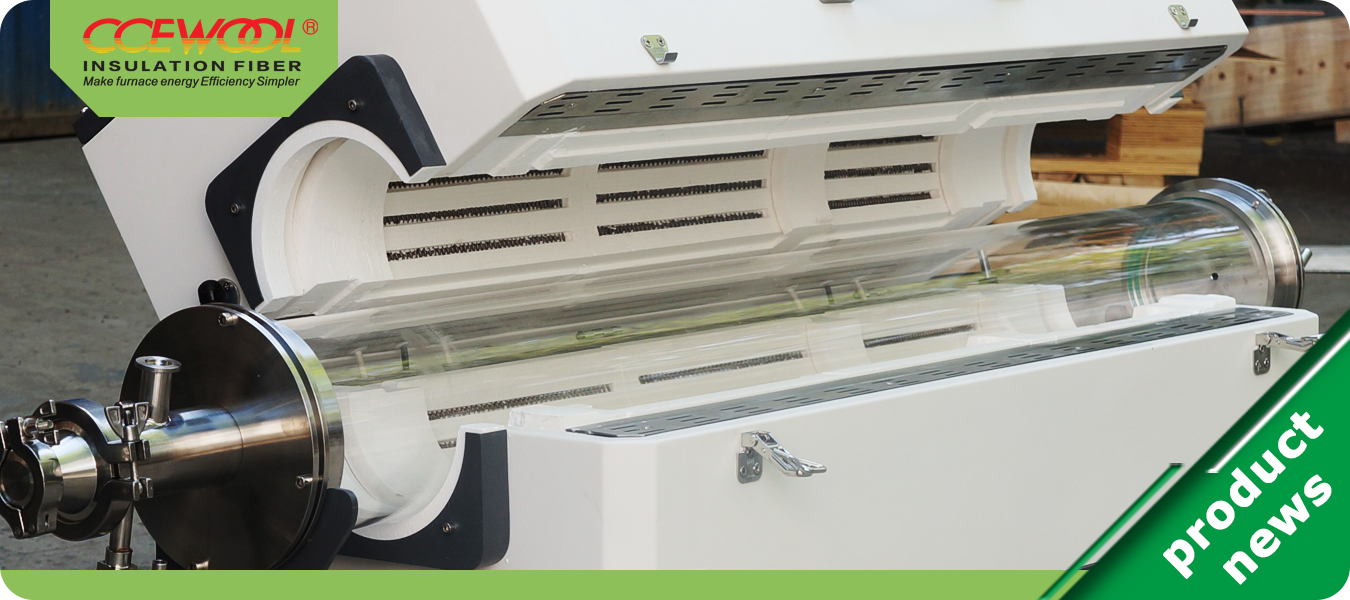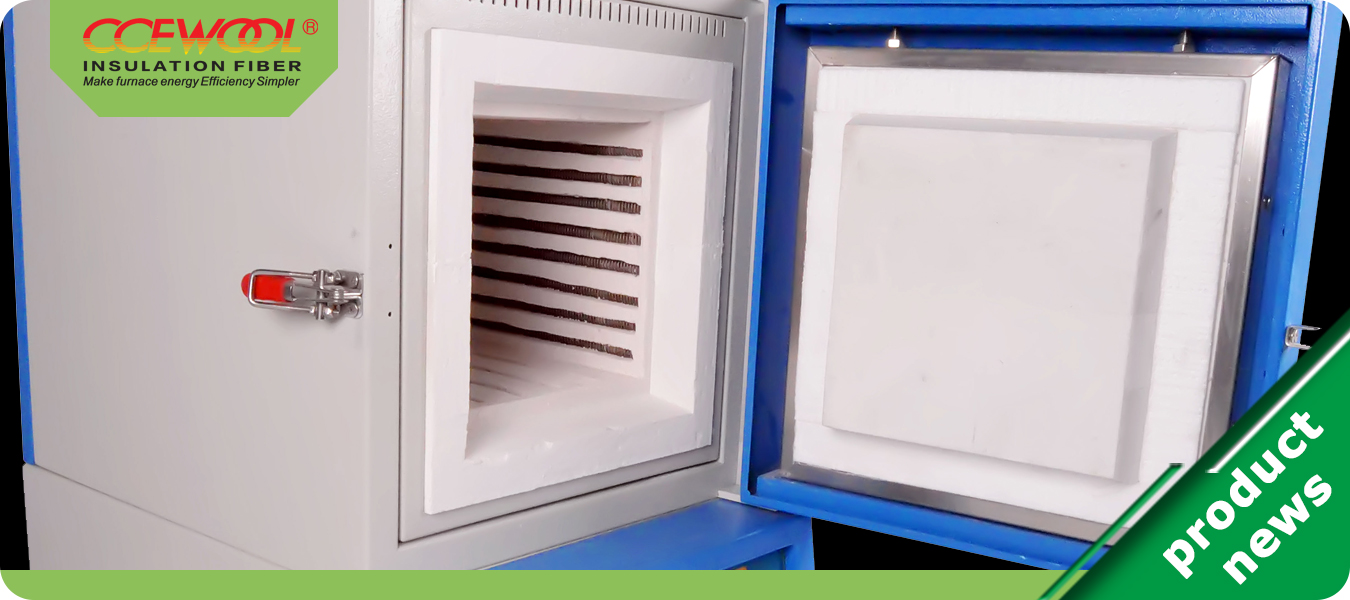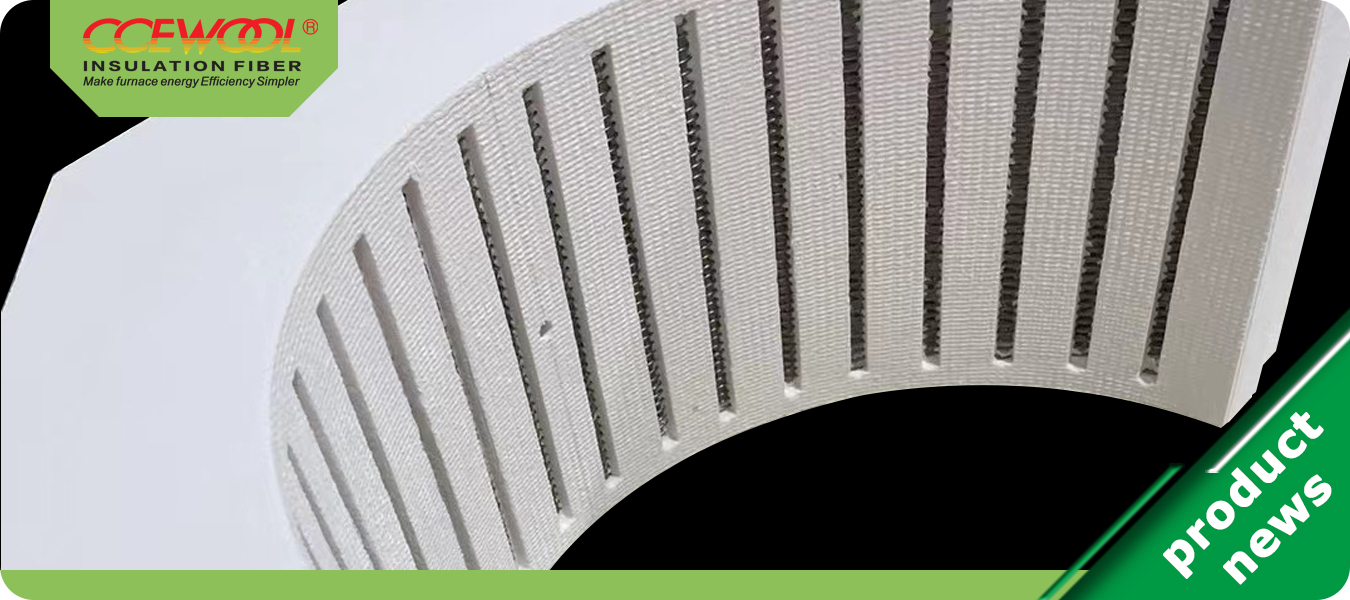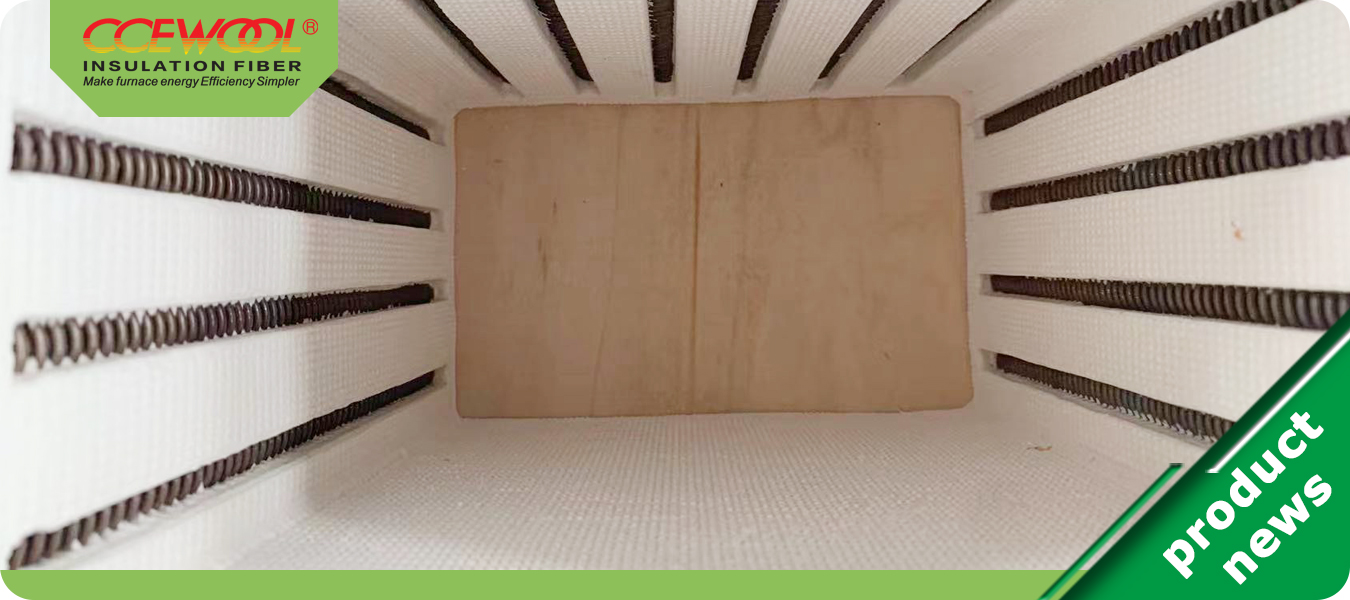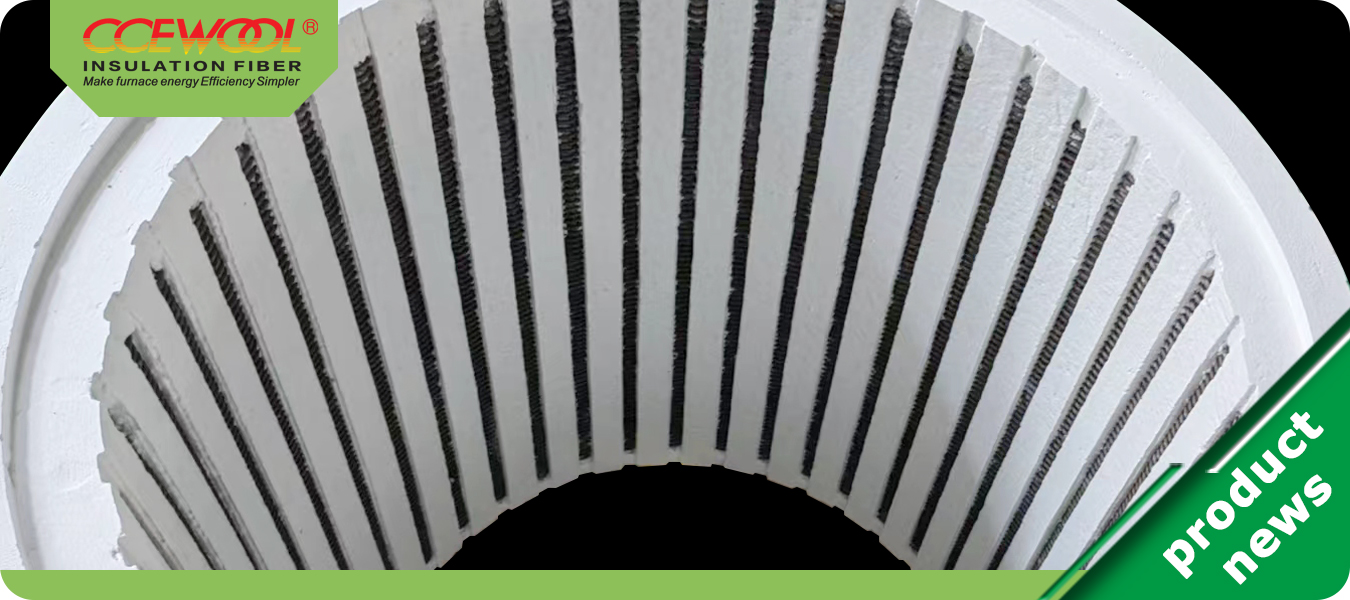Laboratory furnaces play a critical role in a range of high-temperature applications in scientific research and industrial production. These furnaces operate at extreme temperatures, requiring precise control and reliable insulation. Tube furnaces and chamber furnaces are two common types, each serving unique functions within the broader context of high-temperature operations. The challenges these furnaces face include maintaining energy efficiency and achieving consistent temperature distribution, both of which can impact the quality of scientific processes and industrial output.
Tube furnaces are designed with a cylindrical shape, often used for smaller-scale experiments where precise temperature control is required. These furnaces can operate horizontally, vertically, or at various angles, allowing flexibility in laboratory setups. The typical temperature range for tube furnaces is between 100°C and 1200°C, with some models capable of reaching up to 1800°C. They are typically used for heat-treating, sintering, and chemical reactions.
A standard tube furnace designed for laboratory settings has programmable controllers with multi-segment settings, providing precise temperature control. The heating wires are often wound around the tube, allowing for rapid heat-up and consistent temperature distribution.
Chamber furnaces are generally used for larger applications, offering a broader heating area and multi-sided heating elements for consistent heat flow throughout the chamber. These furnaces can reach temperatures up to 1800°C, making them suitable for annealing, tempering, and other high temperature processes. A typical chamber furnace operates at a maximum temperature of 1200°C and features five-sided heating for even temperature distribution.
Challenges in High-Temperature Operations
Laboratory furnaces need effective insulation to maintain energy efficiency and ensure the safety of furnace components. Insufficient insulation leads to significant heat loss, uneven temperature distribution, and increased energy consumption. This, in turn, can affect the quality of the processes being carried out and shorten the lifespan of furnace components.
CCEWOOL® Vacuum Formed Refractory Fiber Shapes
CCEWOOL® Vacuum Formed Refractory Fiber Shapes are designed to address the insulation challenges faced by laboratory furnaces. These shapes can withstand high temperatures, with resistance up to 1800°C, making them suitable for demanding applications such as vacuum annealing, hardening, and brazing. The ability to customize CCEWOOL® shapes allows them to be tailored to meet specific customer needs, focusing on the shape and installation of resistant wire. This ensures seamless integration into existing furnace designs, including muffle furnaces, chamber furnaces, continuous furnaces, and more.
In addition to standard ceramic fiber materials, CCEWOOL® offers polysilicon fiber resistant wire shapes for applications requiring higher temperature resistance. This advanced material provides superior insulation, resulting in minimal thermal loss and improved energy efficiency. The stability of these materials prevents deformation and maintains thermal integrity during high-temperature operations, extending the lifespan of furnace components.
Ease of Installation and Maintenance
CCEWOOL® Vacuum Formed Refractory Fiber Shapes are designed for easy installation, which is critical in laboratory furnaces where downtime can significantly impact productivity. The option to apply a vacuum-forming hardener or refractory mortar provides additional protection, ensuring durability in rigorous industrial conditions. This easy installation process allows furnaces to return to operation quickly after maintenance or repair, reducing downtime and operational costs.
Conclusion
Laboratory furnaces are central to many high-temperature applications, and their performance depends on precise temperature control and effective insulation. CCEWOOL® Vacuum Formed Refractory Fiber Shapes offer a comprehensive solution, providing high-temperature resistance, customization, and energy efficiency. By incorporating these shapes into laboratory furnaces, you can achieve optimal performance, reduce heat loss, and maintain a stable thermal environment. This leads to a more efficient and reliable industrial process, contributing to reduced operational costs and extending the lifespan of furnace components.
Post time: Apr-26-2024

